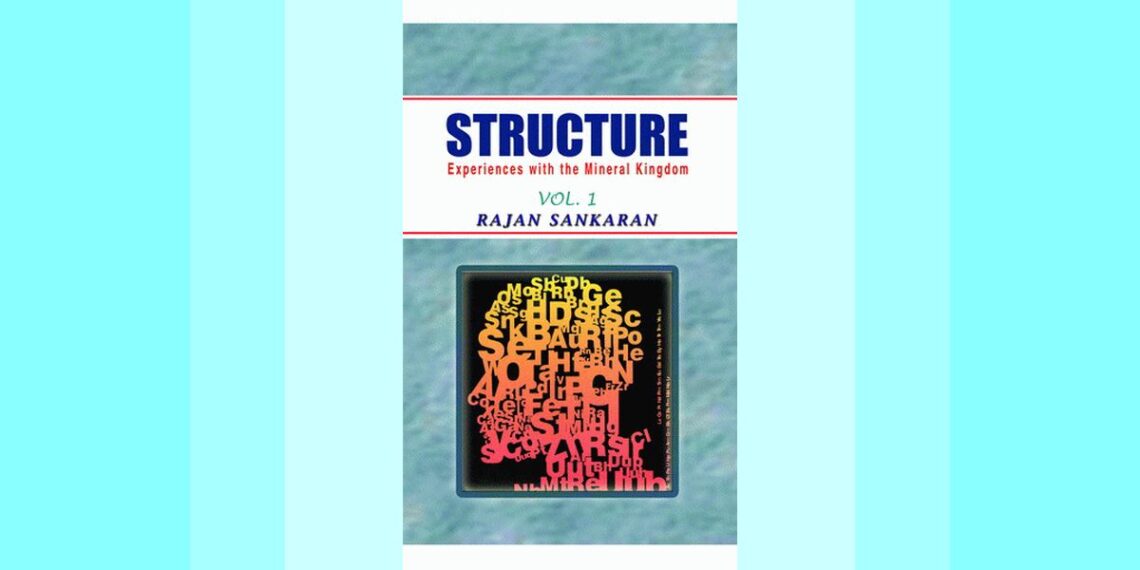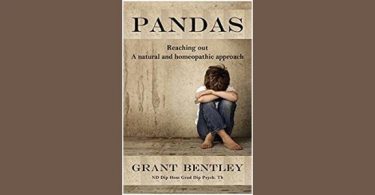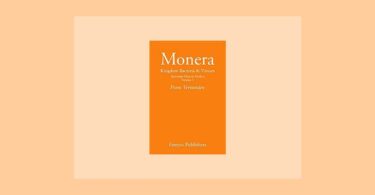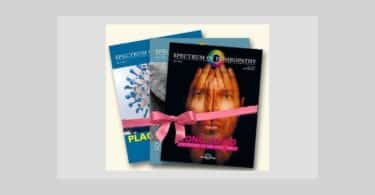Author: Rajan Sankaran
Homeopathic Medical Publishers, India
1567 pages, hardback
ISBN 978-81-903378-8-5
Price: $135.00
Reviewed By: Allyson Burden
———————————-
Dr. Sankaran’s name appears on the cover but it is immediately apparent that this work is a meeting of some monumental homeopathic minds.
The gracious dedication to Jan Scholten in acknowledgment and appreciation of his cardinal contribution to the understanding of the mineral kingdom sets the tone, and one has only to turn a page or two to be in exceptional company.
The list of contributors is a veritable who’s who of international homeopathic movers, shakers, and bright lights.
In his forward Roger Morrison M.D. heaps praise upon Dr. Sankaran for his astonishing accomplishment of tracing human experience to an almost algebraic level, excavating and revealing the underlying characteristics of the various families of remedies. Morrison goes as far as to say he believes that Hahnemann would applaud.
With an opening like that, how could one be anything but champing at the bit?
The introduction serves to set out the development of the author’s understanding of the mineral kingdom and how he grew to see the Periodic table as a map of human development.
The common thread running through the mineral remedies is “structure”, be it forming or developing, or disintegrating and breaking.
Study of the individual elements through provings, repertory, clinical material, and cases has informed the author’s understanding. Software programs were used to identify and sort common symptoms. A study of patient language extracted from cured mineral cases led to a lexicon for mineral words in general, and lists of words unique to each row and column.
And so one embarks on the journey…
The chapter “Kingdom Differentiation” lucidly sets out the main issues for Plants (sensitivity and reactivity), Animals (Survival), and Minerals (structure and organization).
The next chapter “The Recognition of the Mineral Song” is self-explanatory (and useful).
Once one gets to the chapter simply titled “Minerals“, one is down to the nitty-gritty.
Structure is understood in terms of performance, relationships, security, existence, position, and identity.
The chapter “Mineral Source Words” strikes a rich vein.
Quoting Hahnemann’s Aphorism 144, the author reminds us “From such a materia medica everything that is conjectural, all that is mere assertion of imaginary should be strictly excluded, everything should be the pure language of nature carefully and honestly interrogated…”
One is sure to bookmark this section for the three lists citing words that suggest:
· Structure
· Human words in minerals
· Mineral source words
This section is PURE GOLD!
Following this are the chapters called “Overview of the Rows”, and “Overview of the Columns”.
With the parameters thus pegged out, one is ready to peruse the rest of Volume One and all of Volume Two, wherein each element of the periodic table is presented row by row, offering an understanding of the element, proving information, important rubrics, keywords, cases, and comparisons.
Structure has great value to practitioners whether or not they are schooled in the Sankaran Method. What Sankaran and his colleagues have achieved is brilliant and essential.
——————————————-
March 11, 2008
Allyson Burden DCH
Executive Director Homeopathic Resources
Whole Health Books





